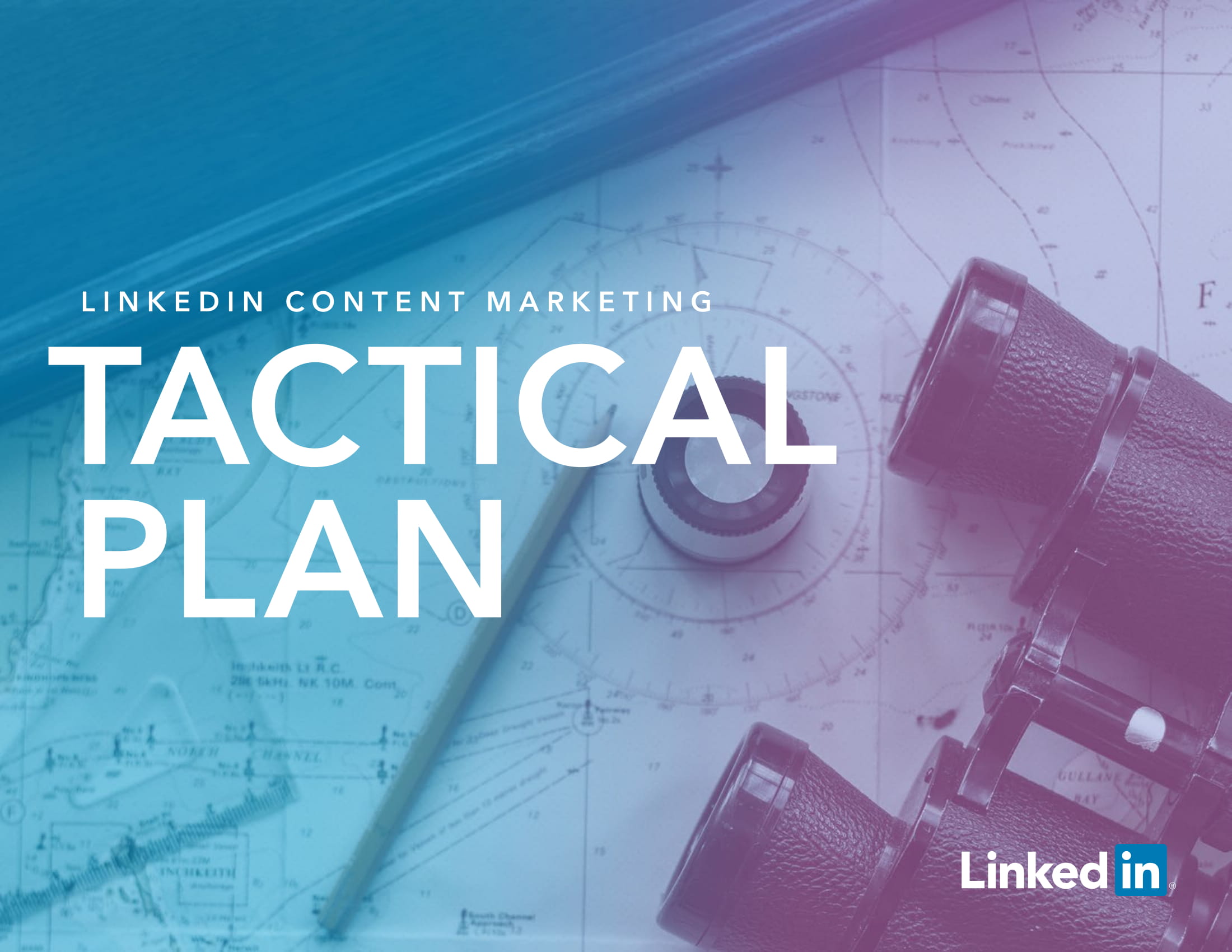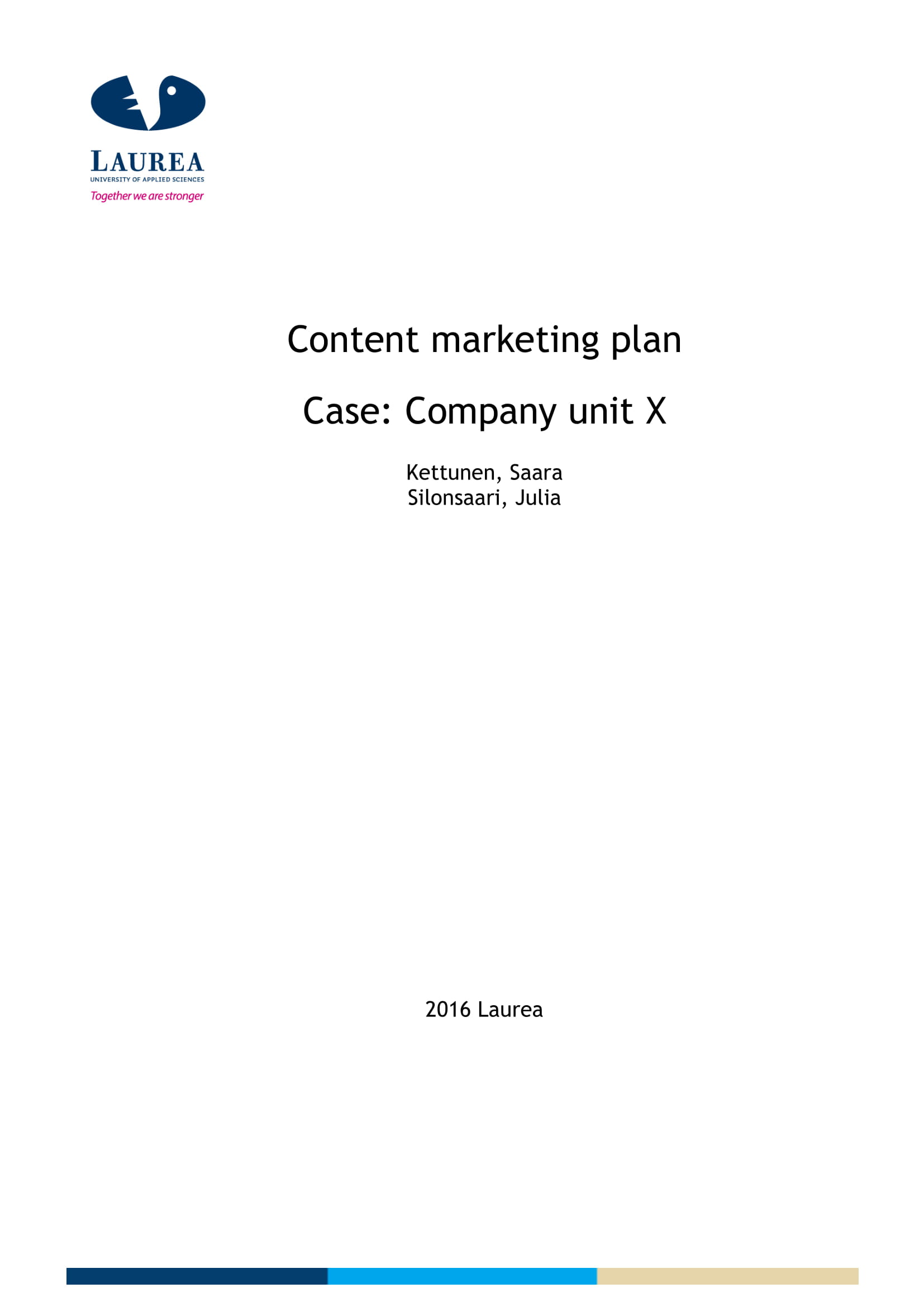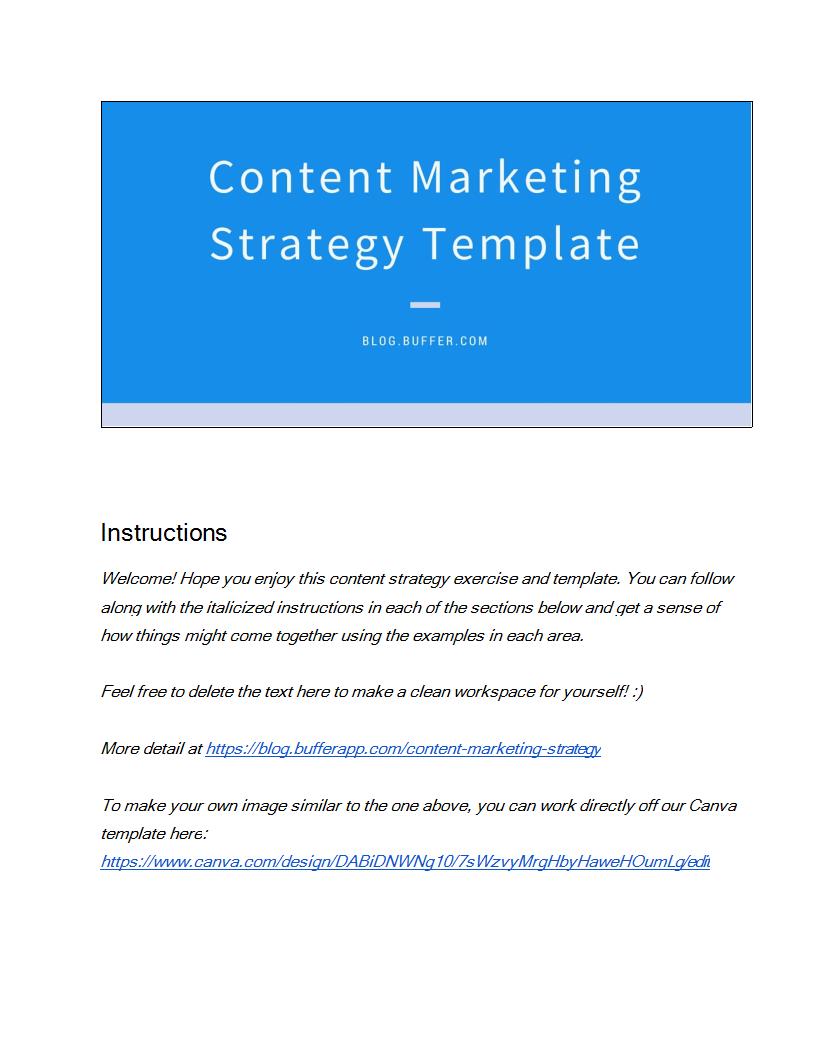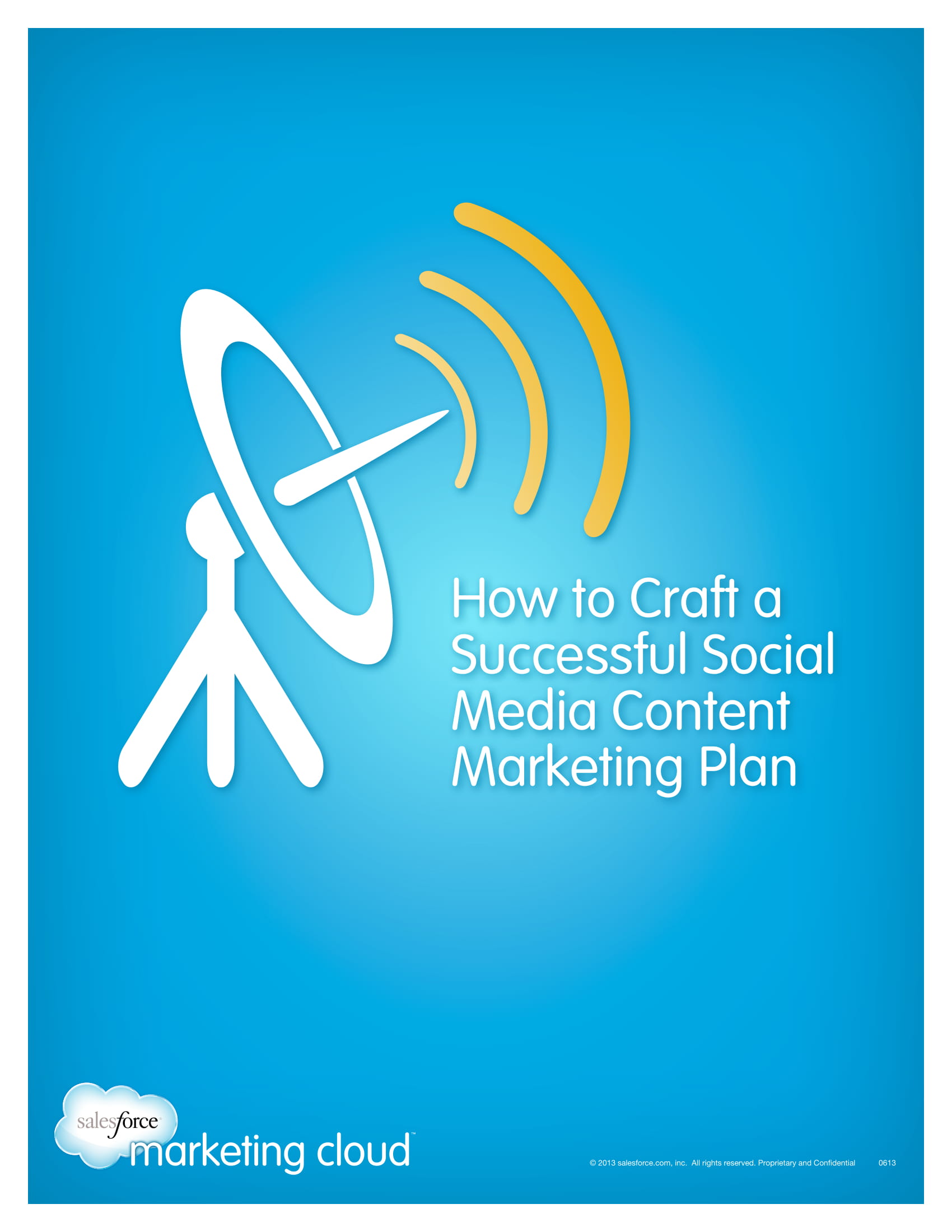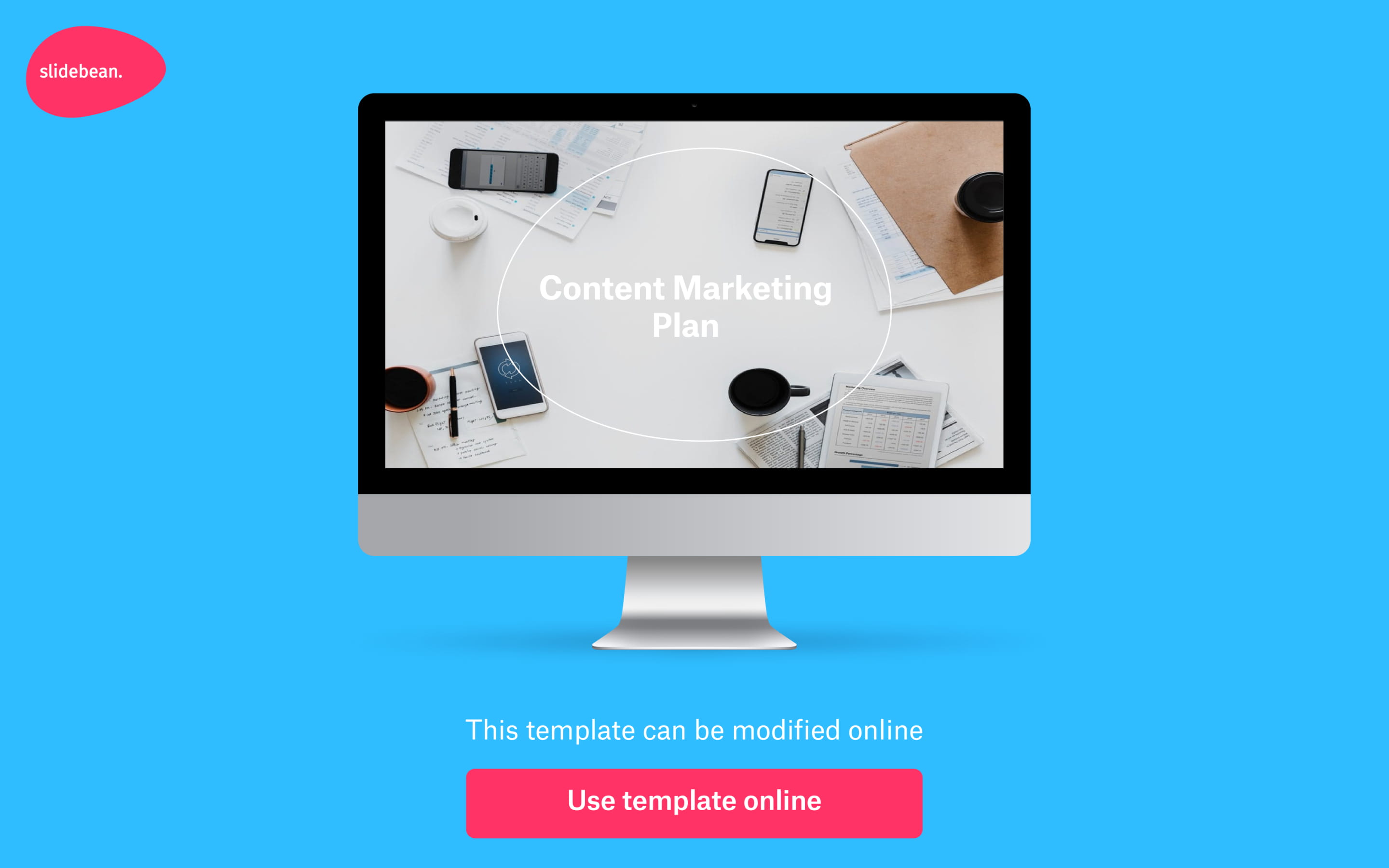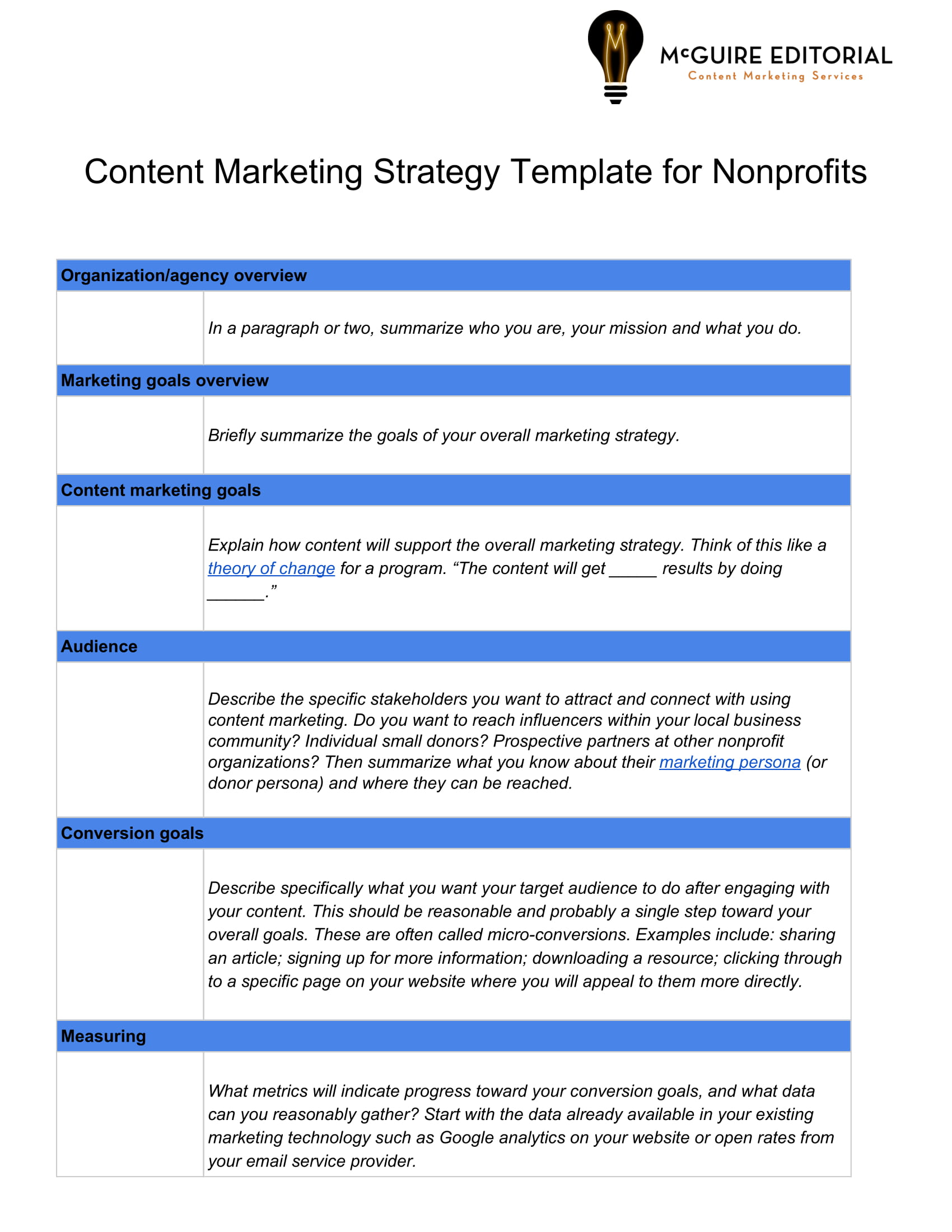7+ Content Marketing Plan Examples to Download
In such a competitive and fast-paced market, a business needs to be able to make itself appeal to the general public. In short, it has to make itself marketable and sellable. The products and services the business sells should be presented in a way that is enticing to the public. Not only that, the company or organization must find a way to make the business wholly appealing to the public; for example, make a community-friendly mission and vision, conduct activities to reconnect to the community, and so on. In business, appearance is very important and essential to make a profit.
With this in mind, you may have observed the abundance of social media posts regarding brands and their products/services. That is an effort for them to have the most creative way of conveying their message to the market, more so to their target audience. It has come from simple social media captions and/or writing blogs, to partnering with social media influencers to elaborate videos or short story-like online commercials. It is an effort for them to humanize their brand in order to appeal and engage their target audience.
Content Marketing Plan Example
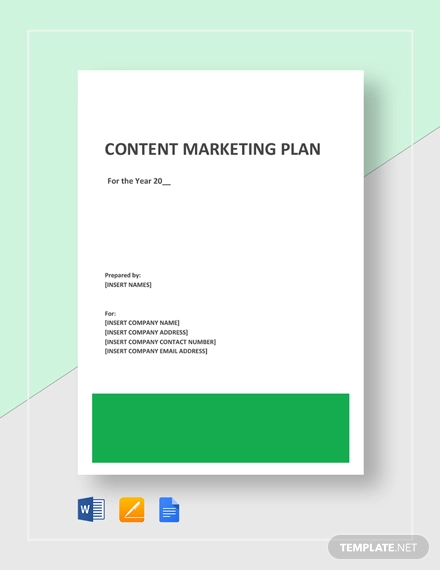
What Is Content Marketing?
The online content you see from different brands may encourage you to establish a strong online presence in order to attract the attention of your target audience and other potential customers. However, you have to make a stable strategy prior to implementing such plan in order to maximize your reach. To do that, you need to know and understand content marketing, its significance and impact. You need to ask first what is content marketing so that you can prepare and plan things perfectly for its smooth implementation as well.

On that note, content marketing by definition is “a strategic marketing approach focused on creating and distributing valuable, relevant, and consistent content to attract and retain a clearly defined audience—and ultimately, to drive profitable customer action.” Simply put, it is the creative presentation of any message about your products or services. The presentation of the message you want to convey about your products/services can be through text, imagery, GIFs, or video.
According to an online source for all things content related called as the Content Marketing Institute, content marketing is A strategic marketing approach focused on creating and distributing valuable, relevant, and consistent content to attract and retain a clearly-defined audience.
This is what makes content marketing important to any business in any industry; it has the ability or offers you the opportunity to reach and engage with all your audiences, and let them know and understand the whole purpose and significance of your products or services and your business as a whole.
However, it is important to remember that content marketing is a strategic approach; therefore, it needs to be organized, well-though out, and planned, it is more than just the haphazard posts in your business’s social media account. It needs to have a clear vision of what needs to be accomplished and direction on how its supposed to move the business from achieving its goals and marketing strategy.
In addition, the content you post must be able to benefit a clearly defined audience. Your content marketing plan will help you address the wants, needs, interests, questions, concerns, and pain points of your prospect customers. However, you need to think about how you fit into their lives.
What kind of content could you distribute that would inform, entertain, and engage them in a meaningful way? Lastly, your content must be valuable, relevant, and consistent to your target audience or customer. Remember that a good content marketing plan or strategy can help drive profitable customer action. It is best to make your content as relatable to your potential audience/customer to ensure profitability.
LinkedIn Content Marketing Tactical Plan Example
Content Marketing Plan Format Example
Buffer’s Content Marketing Strategy Template Example
Inclusions of a Basic Content Marketing Plan and Various Others
Since you already know the basics about content marketing, you also need to devise a plan that will help you implement your content marketing strategies. Your content marketing plan will contain the objectives you want to achieve through content marketing. With that being said, here are the ideal inclusions of a basic content marketing plan:
- An executive summary
- A review of objectives/goals
- A description of the audience(s)
- Your brand’s message, or what it’s trying to say
- A description of your team and their responsibilities
- An editorial calendar with a schedule for content creation and distribution
- A plan for content promotion
Sometimes, taking the simplest strategy can bare the most results. According to the Content Marketing Institute, a one-page content marketing plan should include the following:
- List of goals (a measurement of your company’s objectives)
- List of objectives
- Strategy for content (what will the content do)
- Metrics (how you’ll measure and what you’ll pay attention to)
- Audience/buyer personas
- Topic ideas and length suggestions/type of content ideas
- Call to action (how will you get people to act?)
Another one is called the Buffer’s Content Marketing Plan wherein the idea is taking the more-and-more approach. It is basically a full on how-to guide to putting together a comprehensive strategy and plan. The Buffer’s Content Marketing Plan template contains the following:
- An executive summary
- Content marketing goals
- Audience personas (full and detailed, versus the CMI’s snapshot versions)
- Connect your brand’s solutions to the audience needs (i.e., how do you solve their problems?)
- Research on competitors (what content are your competitors producing, and what other sources of content are out there?)
- Content you already own (include keyword research, social media content, email content, as well as website and other online content)
- Analysis of current content
- New content ideas/topics
- Who can create the content (analysis of your team, whether you need to hire more or outsource some work)
- Editorial calendar
- Schedule for content promotion
Benefits of Content Marketing
But why should you even prioritize the content marketing strategy of your business? You might think that your basic marketing strategies will be enough, but failing to engage to your target customers in their most accessed medium will result to lower satisfaction ratings form your customer and potential customers. Here are some of the benefits of content marketing:
- Builds brand recognition and credibility.
- Enhances customer loyalty with both current consumers and prospective ones.
- Incorporates brand authority and trust.
- Increases brand awareness and visibility.
- Positions your brand as an industry leader and influencer.
- Generates traffic to your website.
- Creates new channels for communication with potential consumers.
- Assists the consumer during their purchase decision.
- Provides added value without being intrusive.
- Gives your brand a recognizable personality.
- Develops long-term and valuable relationships with your audience.
- Improves lead generation and conversion.
Social Media Content Marketing Plan Guide Example
One-Page Content Marketing Strategy Template Example
Content Marketing Plan Template Example
Methods Used in Content Marketing
In today’s situation in the market, more and more brands have leaned into using content marketing as a way to reach a wider audience. The main things that makes content marketing more efficient is its versatility when it comes to sending out the brand’s message to its audience. With that said, here are some of the most common and greatest forms/methods of content that many brands use to convey their message to the public:
1. Video marketing
There is an advantage to using video in a business’s marketing. Unlike an a presentation that only presents the message through voice, a video marketing strategy develops brand identity among the target audience, and that is besides the fact that it also sends the message more clearly since it is presented in a visual storytelling way.
This is the common well-produced sponsored posts your favorite YouTubers post on their accounts. Aside from the presentation of the advantages or benefits of the products and/or services, many of these vloggers incorporate or present it with a story line which helps humanize the brand and makes it more relatable to the general public.
2. Video Animation
Some brands opt to move away from the norm, they start to incorporate it with animations. Video animation helps transform complicated topics into meaningful visuals. It is done through focusing on representing the interested content which creates greater value for the end viewer. This makes the content more interesting than it already is since it is presented in a more unique manner which then makes it more worth it for the viewers and can also spark their curiosity about the brand.
3. Lists
There is a human inkling that everything is better presented in numerical groups. The organization that comes with putting information on a list makes it preferable to people. That is why lists are part of the effective ways of putting your content out there. There is a great advantage to using lists in content marketing since it offers organization and arrangement of all the information being presented. It makes it easier for the audience to understand the massage your business wants to convey. Lists that produce fresh and unique content can improve lead generation.
4. Memes
The most clickable form or method of content marketing is through memes. You may have even noticed on your own social media feed the abundance of shared meme. A lot of brands have taken advantage of that fact and have incorporated and used memes to convey their message to the general public. Since memes are generally hilarious, there is a high chance of it becoming viral almost instantly, and in return it adds to the popularity of the brand. However, there is something more to memes than just hilarity; it is a clear depiction of how creative brands can get just to appeal to their audience.
5. Infographics
Infographics provide clear and understandable representation of data, that is one of the reasons why it is very commonly used in content marketing. Infographics provide easily understandable visual of the information and data the brand wants the audience to know. However, the brand needs to make sure that the infographic produces relevant content and must find a way to repurpose the content in the future to generate more leads.
6. Live Video Streaming
Although video marketing is one way of humanizing the brand to its audience, it can still be quite far-fetched and distant; maybe only a few can relate to the video. That is why some brands have opted to take advantage of live video streaming to have more of that human-to-human connection to their customers to enhance their overall customer experience.
Content Marketing Strategy Template for Nonprofits Example
Tips in Making a Content Marketing Plan
When making the content marketing plan for your business or brand, you need to first determine your ultimate purpose and objectives. Aside from having the basic fundamental knowledge of content marketing, you need to be precise in your objectives and how you want it to carry it all out. Here are some useful tips in making a content marketing plan:
- Identify your purpose.
- Set your priorities.
- Determine your organizational goals.
- Get to know your audience.
- Define your audience.
- Choose the content type.
- Find what’s unique in the brand.
- Research trends.
- Identify challenges.
- Set a budget.
- Optimize content for search.
- Map content correctly.
- Brainstorm content ideas.
- Create content basing main objectives.
- Make a distribution plan.
- Commit to a schedule.
- Draft a promotion strategy.
We hope that you have learned the basics about content marketing and content marketing plan with the help of this guide.



